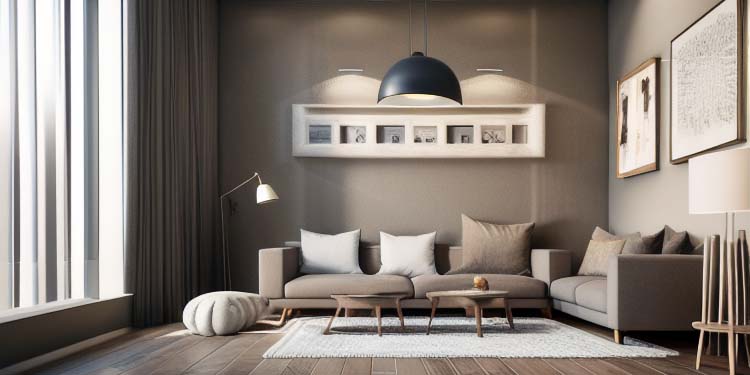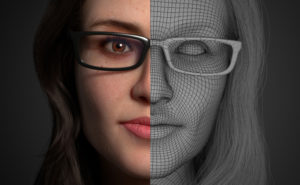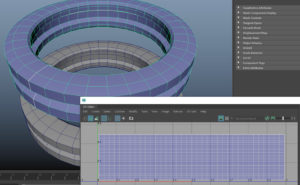If you’ve ever seen a 3D movie or video game that looks incredibly realistic, then you know just how impressive photorealistic rendering can be.
Photorealistic rendering is the process of creating computer-generated graphic images and animation that closely resemble images found in reality.
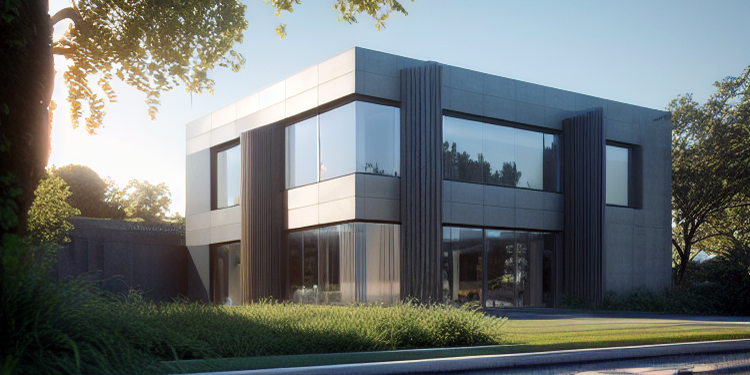
This type of technology has come a long way in recent years and continues to evolve, offering gamers, designers, 3d artists, and aspiring creators an amazing new form of digital artistry.
In this blog post, we will explore the different types of photorealistic rendering available and some common practical uses for it in today’s media landscape.
Types of Photorealistic Renderings
Photorealistic renderings are rendered images that showcase an extremely realistic representation of the final result.
This process enables product designers, interior designers, and other creatives to build their projects in a way they can visually comprehend before building them in reality.
By creating photorealistic renderings, these creatives can utilize this technique to help discover unique solutions to problems in their designs by experimenting with different ideas and visualizing them.
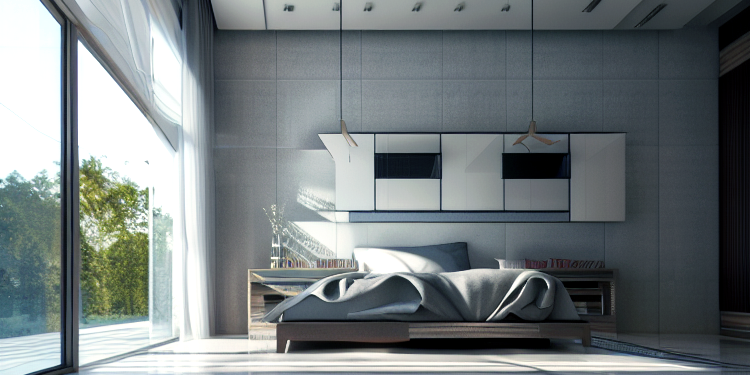
Another great asset to rendered images is that it makes the creative process much easier and faster for those looking for a quicker solution without waiting for the final product to be built out of resources such as clay or wood.
In summary, rendered images allow people to be more creative and productive in building design projects by bringing up ideas quickly and accurately using photorealistic renderings.
Who Uses Photorealistic Rendering Models?
Photorealistic rendering models are becoming increasingly popular in various industries, allowing for early visualization and design decisions to be made.
Architecture
Those in the background of architecture companies use it to help create realistic renderings for their projects before building. Likewise, photographers can understand how their still images will look ahead of time.
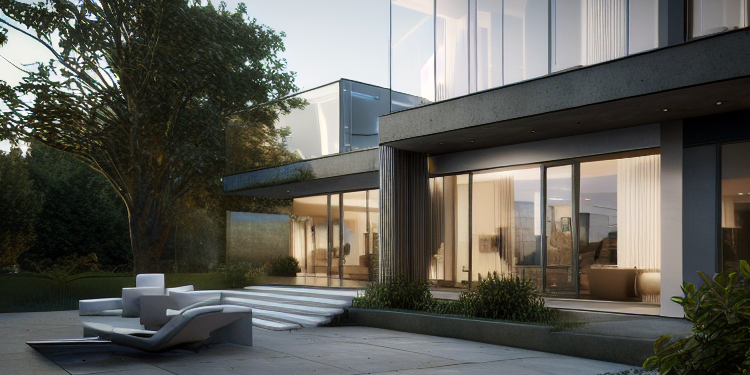
Video Games and Movies
Real-time worlds – from video games to movies – also benefit from photorealistic rendering, allowing creators to bring visual effects that echo reality into the fantastical.
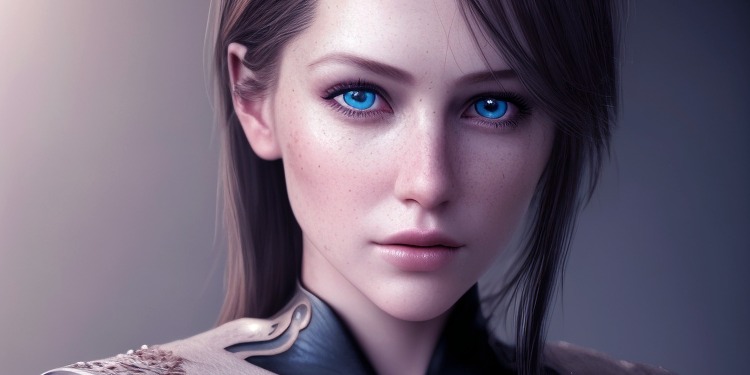
Real Estate
Finally, real estate agents use photorealistic rendering to showcase properties before being built, allowing customers or other entities to visualize their potential better.
It is becoming ever-present in today’s digital world, allowing anyone with access to powerful software the ability to create extremely realistic imagery – something that would have been impossible even decades ago.
Interior design rendering
Interior design rendering has become increasingly popular in recent years as a way to envision real-life spaces before committing to a full-scale, real-world project.
Through photorealistic rendering technology, professionals can now create intricate visual representations of interior designs from different angles with stunning detail.

These renders can be used to show clients what they can expect and ensure that the finalized design matches their aesthetic preferences.
Renders can also be used after renovations and projects are complete, allowing homeowners or business owners to add details that would otherwise be too risky or costly to undertake in real life.
Photorealistic rendering helps clients visualize the finished project
Photorealistic rendering is an invaluable tool for clients when it comes to visualizing a finished project. By utilizing all the necessary details and applying all of the elements in post-production, photorealistic rendering helps bring a project’s outcome to life.
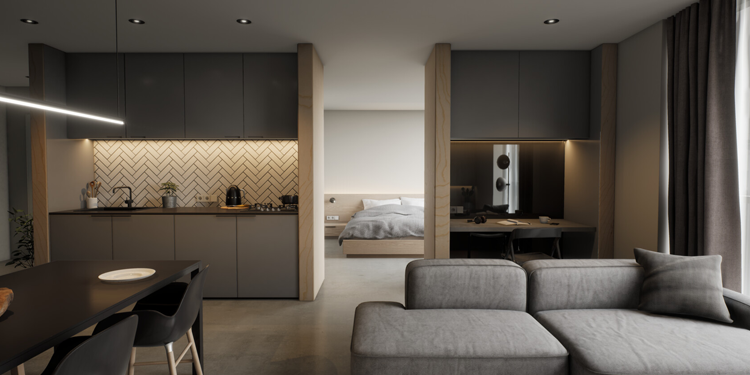
Top Floor by Wessel Huizenga
Moreover, the revolution of photometric lighting makes all the difference in helping potential clients to evaluate design decisions from both form and function perspectives.
This allows clients to imagine the outcome before any physical construction occurs and prevents costly mistakes that can easily be avoided with high-quality renderings of a potential finished product.
Read about what is a CG Artist.
What is the most realistic blender render?
The most realistic Blender render depends on various factors, such as the quality of the 3D model, lighting, materials, textures, and the rendering engine used.
Blender has several rendering engines, each with its strengths and weaknesses. The most commonly used rendering engines in Blender are Cycles and Eevee.
Cycles Render Engine
Cycles is a physically-based rendering engine that simulates how light interacts with surfaces in the real world. It can produce photorealistic renders with accurate lighting and reflections, but it can be computationally intensive and may require more time to render.
Eevee Render Engine
On the other hand, Eevee is a real-time rendering engine designed to render scenes quickly with real-time feedback. It uses a different approach to lighting and reflections, which may not be as physically accurate as Cycles. Still, it is a great choice for creating animations, game assets, and other real-time projects.
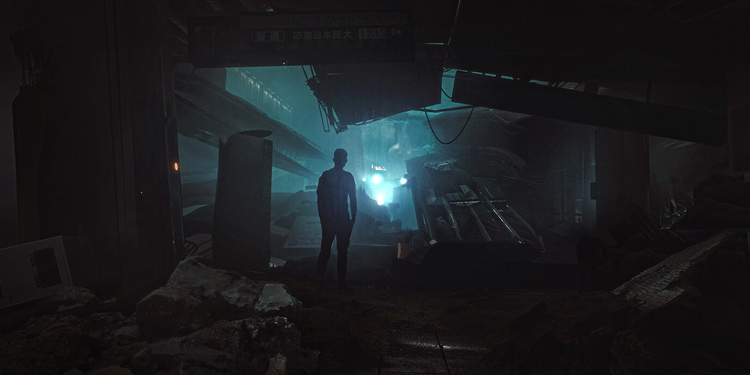
Cinematic Set Design in Blender – Tutorial by Jan Urschel
Ultimately, the realism in Blender render will depend on your project’s specific requirements, the artist’s skills, and the resources available. With the right combination of skills, tools, and techniques, you can create highly realistic and visually stunning renders in Blender.
What makes an image photorealistic?
Photorealism in computer-generated imagery is achieved by capturing camera position and angle, simulating the physical world, and manipulating textures.
The perspective is vital for creating a rendered image that looks as though it might exist in reality. Determining the camera’s angle and distance impacts elements such as depth, shading, perspective, and detail.
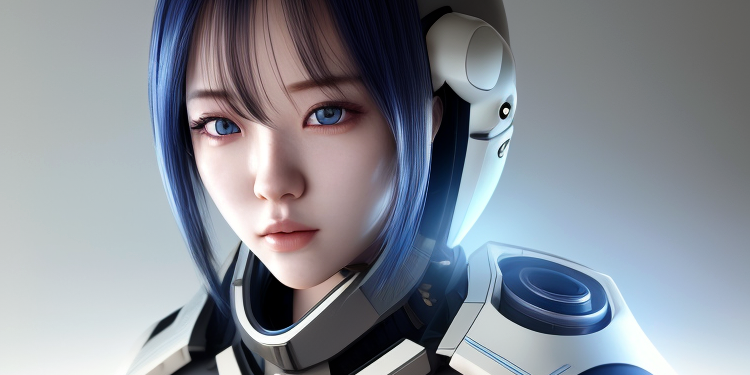
The physical world simulated can range from realistic shadows to light refraction from different objects to achieve a photorealistic image.
It’s important to mention that textures are essential for this as they can be used to customize render images, including bump mapping and displacement, which are policies used to simulate how surfaces react to different kinds of lighting under various camera positions.
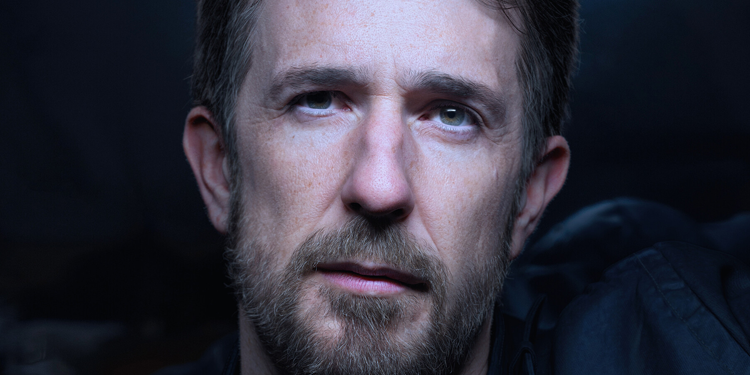
Self-Portrait by Ian Spriggs
Remember that camera position, simulating the physical world, and adjusting textures are important in making a computer-generated image photorealistic.
What is photorealism rendering?
Can you explain the concept of photo-realistic graphics? Photorealism is an application that uses 3D rendering software to produce lifelike images or animations from physical and virtual light sources using cameras and film.
Photorealism rendering is an impression of real life that is obtained by manually adjusting a render engine with the right light, materials, textures, and camera position to create photorealistic 3D models.
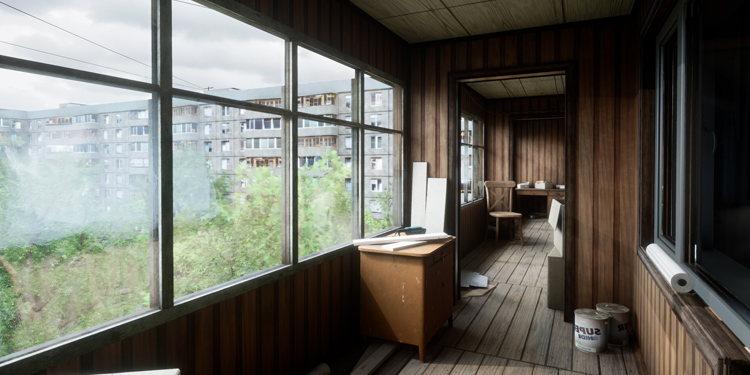
Horror Game Environment: Post-Soviet Apartment by Eugene Astakhov
These complex techniques allow real-world elements like furniture, trees, and even characters to be realistically rendered in an image or animation.
By using the latest tools and techniques,3D artists have much more control over their renditions than other art forms.
With special effects, modern filmmakers can create stunningly realistic scenes that rival real-world environments that are not easily created.
What is an example of rendering?
Rendering is the key feature in many jobs, ranging from programming to animation. It can be used to create a more realistic environment by adding final touches to an image or picture.
With the help of rendering techniques, it’s possible to bring any concept of thought and emotion into play.

Aaron by Haitham zaki
Rendering helps creators add much more detail to their work, giving it more depth and picture-perfect realism.
With this tool in hand, almost any type of picture or animation comes to life with a level of precision that wasn’t available with traditional illustration methods.
What does it mean to render a photo?
Rendering a photo is the process of taking physical objects or materials from the physical world and creating a final image of them with photography.
This means that once an object has been rendered, a photograph is taken to capture its physical attributes aesthetically appealingly.
The result of rendering is an image that more accurately conveys the physicality of an object as it appears in the physical world.
While this type of photography has traditionally been used to document physical items like nature scenes and spaces, more recently, renderings have been utilized to create digital images for things such as advertisements and product packaging.
The application of rendering to create these digital images helps create meaning by accurately conveying visual information in an artistic, albeit realistic manner.
Nyx, General Manager and Editor at Vertex Mode, is a seasoned 3D Artist in gaming and film, sharing insights on Digital Art and its creators.
